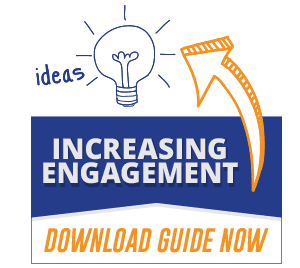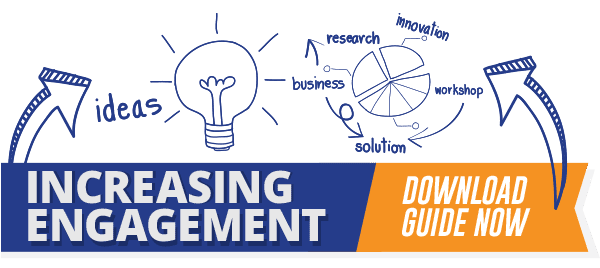I can’t use your idea because “it’s not invented here.” While you may not use those exact words, I wonder if you’ve ever ignored an idea because it wasn’t your own. The phrase “not invented here” refers to an unwillingness to adopt something because it didn’t originate with you. As leader, it’s your job to make sure that nothing gets in the way of a good idea, no matter where it comes from. Being open to and on the lookout for good ideas yourself is only half the battle. You have to position yourself so that good ideas can come to you. That means creating an atmosphere in which the people around you feel comfortable speaking up and know that there is a benefit to doing so.
Early in my career, I had a boss who, every single time I came to him with a new idea, would answer by saying, “That’s funny, I’d been thinking the same thing.” At first, I thought it was spooky how alike we were, but pretty soon, I caught on. As the big boss, he didn’t want to admit he hadn’t thought of something himself. And it wasn’t just me. Around the office, “I was thinking the same thing!” became a punch line that one of us would shout anytime anyone had an idea, no matter how trivial. Not only did our boss’s bad habit dampen our drive to come to him with ideas that could improve the business, but it also caused us to lose respect for him as a leader.
 By having to claim our ideas as his own, he was unfortunately demonstrating his lack of security and need to prove his own self-worth. The reality is, I’ve learned when you become a leader, you need to realize the importance of celebrating other people’s ideas more than your own. Because you don’t have to get all the credit, you demonstrate confidence and it lets everyone know you are counting on them to contribute.
By having to claim our ideas as his own, he was unfortunately demonstrating his lack of security and need to prove his own self-worth. The reality is, I’ve learned when you become a leader, you need to realize the importance of celebrating other people’s ideas more than your own. Because you don’t have to get all the credit, you demonstrate confidence and it lets everyone know you are counting on them to contribute.
In contrast, Howard Draft, former Executive Chairman of Foote, Cone & Belding, one the world’s largest communication agencies, once told me how, even though he’s been in the business for more than thirty years, he often relies on the ideas and opinions of young people right out of college. In a meeting where a team was working on a creative strategy for a Kraft product, he was offering the group his viewpoint when “this young woman with a pierced nose and red hair looks up at me and goes, ‘You’re absolutely wrong and here’s why you’re wrong.’ I was so proud of her I went over and hugged her.”
Imagine the difference in working for these two guys: One won’t even admit your ideas are your own; the other is hugging an employee in front of everyone because she had the guts to stick up for her opinion, which she backed up with knowledge. Who would you want to work for?
Here’s another example of how wiping out “not invented here” led to positive results. I was the first president of Tricon (later Yum! Brands) when PepsiCo originally spun off the restaurant brands. The restaurant business had been struggling, which was a major reason why PepsiCo leaders thought they’d do better if they spun us off. But in my mind, that gave us the opportunity for what I characterized as a gigantic do-over. In business, we sometimes get too caught up in the idea that we need to be different, that we need to innovate. Too often we start from scratch and try to reinvent the wheel. Of course, we need to distinguish ourselves from our competition, but that does not mean we can’t borrow good ideas, make them our own, and do an even better job executing them.
To take advantage of our unique position of being a brand-new public company made up of well-established brands, we went out and did a best-practice tour of some of the most successful companies around at the time in order to take inspiration from them and borrow any good ideas we could find. We visited lots of companies, including GE, Walmart, Home Depot, Southwest Airlines, Target, and UPS – and then came back and crystalized what wed learned into five things that we called our Dynasty Drivers, because these were the things that we believed would make us an enduring great company.
Just think how much we advanced our position on the learning curve to becoming a great company just because we were willing to wipe out “not invented here.” Great leaders learn how to wipe out “not invented here” because there’s a danger if you don’t wipe it out. I think Linus Torvalds, the Finnish-American software engineer who created the Linux kernel (which became the kernel for operating systems like Android and Chrome OS) got it right when he said, “The NIH syndrome (Not Invented Here) is a disease.”

How is the “not invented here” disease suppressing your team or company’s performance? Download this guide for five tactics that will help you ensure that you are truly wiping out “not invented here.”
Do you know someone who could use help wiping out “not invented here?” If so, equip them by sharing this blog and guide. You have the power to make a difference by sharing what you’re learning with others. Go Lead!
Recent Leadership Posts
[recent_posts count=”4″ offset=”1″ category=”blog”]




























